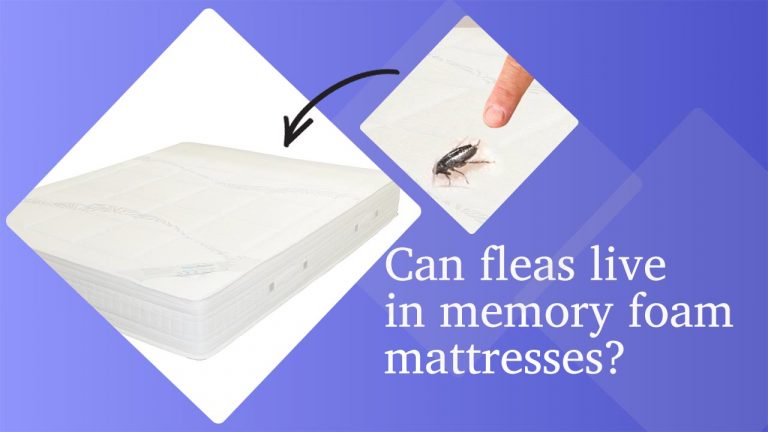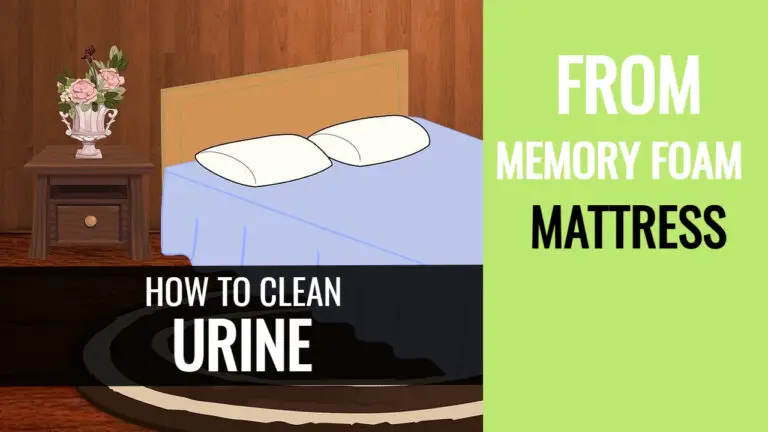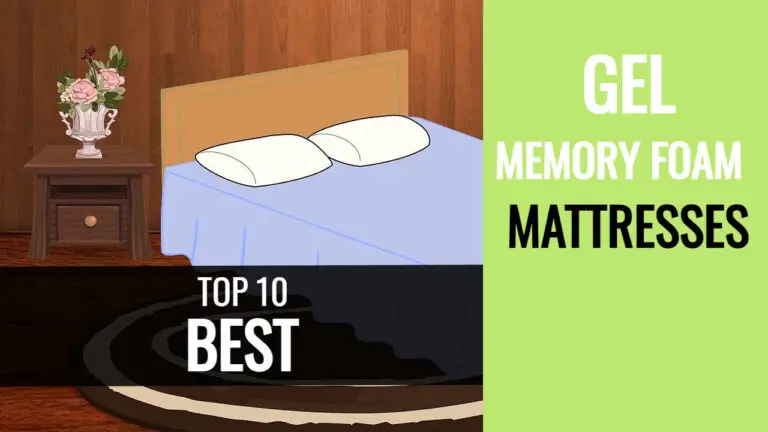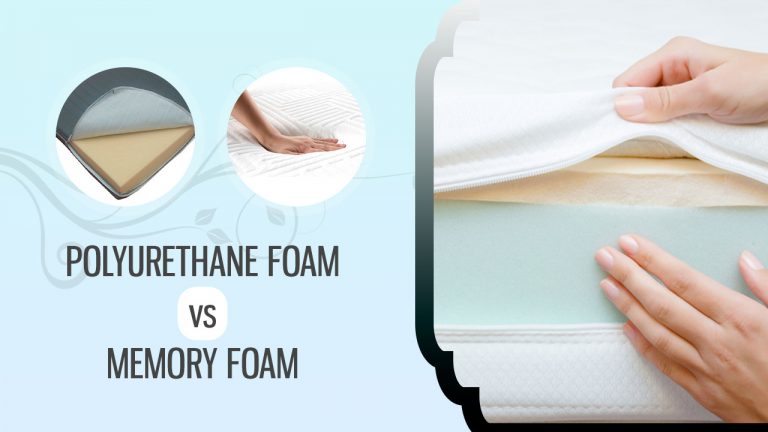What Is Convoluted Foam? [Convoluted Foam Vs Memory Foam]
Foam is one of the most versatile materials used in a wide range of commercial applications. It can create various products that live up to the consumer’s expectations and ensure a long-lasting purchase.
When most people think of foam, they think of a white fluffy material used in sofa cushions and pillows. While this is one foam application, it is only a small part of a larger picture.
Foam is usually used in polyurethane foam as it offers incredible flexibility in terms of density and performance. Certain additives are added to the basic polyurethane foam to create the desired density and thickness based on the application.
This type of foam known as memory foam is typically used in mattresses, mattress toppers, pillows, etc.
Sometimes the foam is split into half and given a ridged design, commonly known as convoluted foam. Before moving further, let us first understand the difference between convoluted foam and memory foam.
What Is Convoluted Foam?
Convoluted foam has a ridged design that resembles an egg box. It is commonly called egg-crate foam and is much lighter than a solid piece of foam.
It has peaks and valleys that allow added airflow, thus keeping you cool and comfortable. The convoluted foam was designed as an inexpensive method to double foam production.
Is Convoluted Foam Good?
Convoluted foam is a popular choice among consumers as:
- It alleviates aches and pains in the most sensitive areas of the body.
- It isolates motion fairly well and produces no noise when bearing weight. This makes it an ideal choice for mattress toppers.
- It is much cheaper than memory foam, and it offers a high-value option to those seeking comfort without spending a huge amount of money.
What Is Convoluted Comfort Foam?
Convoluted foam is manufactured by splitting it in half and carving a ridged design. This can be done using standard polyurethane foam or viscoelastic foam.
As it is commonly called, Viscoelastic or memory foam is much more comfortable than the standard polyurethane foam as it conforms to the body shape.
Convoluted foam made from viscoelastic foam is also known as convoluted comfort foam and is popularly used in mattress toppers to enhance comfort.
How Do You Use Convoluted Foam?
The ridged design of convoluted foam finds various uses in different sectors.
1. Packaging

Convoluted foam is commonly used as protective packaging and lining material for various consumer products. These flat sheets are manufactured anywhere from one to eight inches thick and are later split into two.
The unique design of a convoluted foam sheet provides more cushioning than flat foam since the coned peaks absorb stress and provide better weight distribution.
Foam packaging is surprisingly affordable and well-received by customers. Because of its lightweight structure can be easily customized as per the requirement and transported with cost savings that can be further passed on to the customers as an added benefit.
2. For soundproofing layering
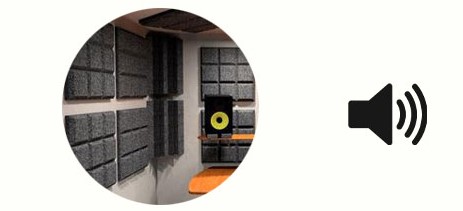
Convoluted foam is widely used in acoustic soundproofing, preventing sound waves from reflecting on hard surfaces. It results in a smooth, quiet, and calm environment.
Compared to other soundproofing methods, using sound absorbing convoluted foam is relatively cheaper and easier to install.
It is commonly used in areas where sound needs to be dampened, such as music and dance studios, cinema halls, etc. Small machinery enclosures also require soundproofing to avoid inconvenience to others.
3. Logistics

The typical cone-shaped pattern of convoluted foam completely encapsulates the products that need to be transported. The thin sheets prevent unwanted movement during shipping and reduce unwanted damage.
Not only does it ensure safe delivery, but it also serves to make a good impression on the buyer. Ultimately it is in the good interest of both parties.
4. Healthcare

Convoluted foam is very popular with healthcare facilities. Egg-crate toppers and mattresses are used for the patients as it allows air to flow under the patient, which helps prevent bedsores and fever.
The increased airflow makes them ideal for burn patients and those bedridden for a long time.
5. Bedding essentials
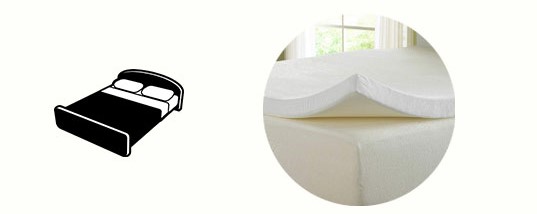
Egg-crate foam is usually found in the top comfort layer of mattresses, although it can be used in the base layer. It is more responsive and distributes weight better than a solid block of foam besides providing more airflow.
It is also useful in spine alignment and gives relief from pressure. However, the comfort and support it offers depend largely on the quality of the material.
Convoluted Foam Vs Memory Foam
The most common query that arises in a buyer’s mind is which foam to opt for -Convoluted foam or memory foam?
This is a very valid question.
Both of them have their own set of advantages and disadvantages, and your choice may depend on many factors. We have enlisted some of the major ones here to simplify your work. Let’s see them on different parameters:
1. Construction
Memory foam is typically flat and has a smooth surface, while convoluted foam has a ridged design with peaks and valleys similar to an egg crate on one side.
While conventional memory foam mattresses have a flat outer surface that traps heat and causes sweating, convoluted foam is constructed so that the airflow design provides optimum aeration and reduces moisture and heat build-up.
2. Density
Memory foam is denser than convoluted foam. Because of the egg crate design, convoluted foam is much lighter than memory foam and can easily be carried from one place to another.
3. Durability
Memory foam tends to last longer than convoluted foam as the dense structure of memory foam makes it difficult for the material to break down. Depending on the quality of convoluted foam, it may start loosing its shape and structure within a year or two.
4. Pressure relief and support
There is a big difference in relieving pain and pressure when we talk about using egg crates and memory foam in toppers and mattresses.
The ridged design of an egg crate topper contours to your body shape and provides support, reduces pressure points and feels super comfortable at first.
But after several months of use, it tends to break down and leave a permanent indentation where you lie because of its thin and pliable structure. This reduces its ability to relieve pressure.
On the other hand, standard memory foam tends to hold its shape better, making it more effective at relieving pressure for a longer time. Moreover, it is better for obese people and side sleepers because it relieves the hips and shoulders.
5. Heat Retention
Memory foam retains more heat than convoluted foam because of its structure. Of course, there are variations such as gel-infused memory foam, which allow more airflow and less heat retention. Convoluted foam is much more breathable due to its design.
6. Cost factor
Memory foam is more expensive than convoluted foam. The convoluted foam was initially designed to bring down the cost of production as two sheets of convoluted foam can be produced from one sheet of memory foam.
This is one of the reasons that consumers use convoluted foam toppers to increase the lifespan of their old mattresses. People prefer to buy a convoluted foam topper to enhance the comfort of their old mattress without having to spend a large amount of money.
Memory foam might be costly, but it lasts longer as it does not break down easily. However, the cost of the foam depends largely on the thickness and other inclusions such as gel infusion and other natural products such as charcoal, bamboo, etc.
7. Maintenance and cleaning options
Memory foam has a typical flat surface that is easy to clean whenever required. However, this cannot be said about convoluted foam because of its shape and structure. Although ideal for air circulation, the peak and valley design is very difficult to clean.
8. Weight
Memory foam is denser, is comparatively heavier than convoluted foam. Convoluted foam can easily be packed and transported, or stored when not in use.
9. Hypoallergenic
As the gaps and structure of memory foam tend to be very small, the chances of accumulation of allergens such as dust mites or other factors are considerably reduced. The same cannot be said for convoluted foam, though!
Final Words:
We have tried to list down all the necessary details to help you decide which foam to choose. Ultimately the choice depends on your particular needs and requirements.
Here is a quick summary:
Convoluted foam is commonly used in packing, bedding, upholstery, sound insulation applications, mattresses, mattress toppers, and pads. It is an economical option that is eco-friendly and portable.
Memory foam is mostly used in high-end luxury mattresses because of the ultimate comfort and support.
High-density memory foam holds up longer over time and is popularly used in mattresses as it contours to the body shape and provides comfort and support. It absorbs motion and is good for all sleeping positions.
Besides being used in mattresses and pillows, it is widely used in wheelchair seat cushions, shoes, blankets, etc. It is pricier than the egg crate foam but is worth paying for.


